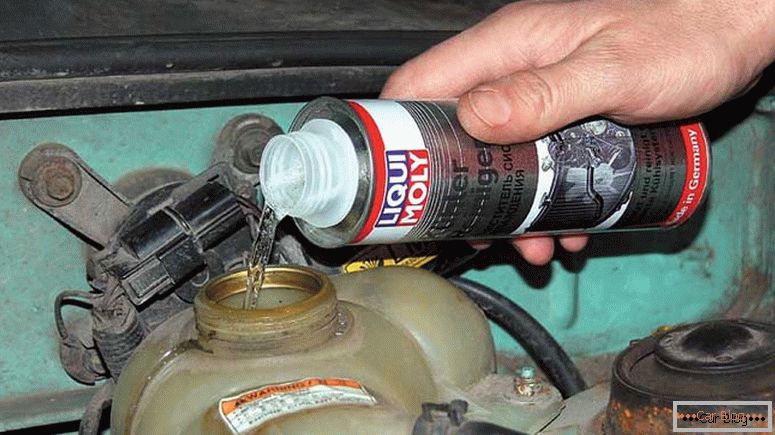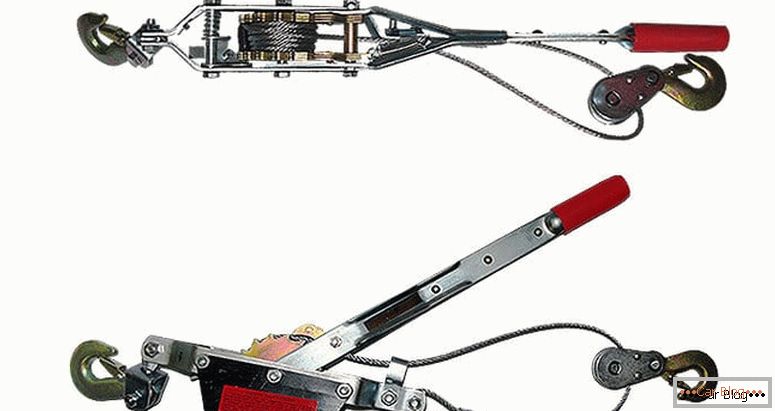Winter time always makes motorists pay special attention to their vehicles. In winter, drivers tend to face such troubles as high humidity, low temperature and slippery road surface.
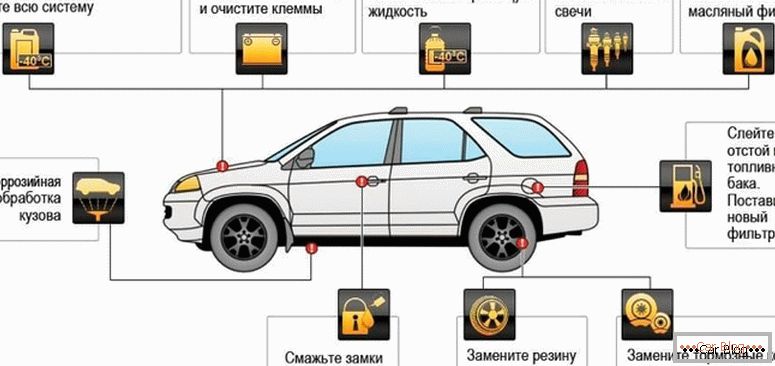
Checklist for preparing a car for the winter
To prepare your car for the harsh winter conditions, it is desirable to make certain preparatory activities. The article below will help in more detail to understand this issue: how to prepare a car for winter and not have problems with it throughout the cold season
Content
- 1 Body preparation
- 2 Choosing winter tires
- 3 Consumables
- 4 Preparing janitors
- 5 Preparing a minimum emergency dialing
Body preparation
Under the regular influence of snow, moisture, salt, as well as all sorts of reagents, in winter the car body suffers to a great extent. The most thrifty drivers with the onset of cold leave their cars in the garage. However, not everyone is willing, and not everyone can afford to leave their vehicles for a long time. In this situation, it is important to properly prepare the body for the winter:
- First you need to perform anti-corrosion treatment of the body. The most suitable period for holding this event is the beginning or the middle of autumn;
- If there are small areas of rust on the body or an initial degree of corrosion, it is necessary to quickly visit a master specializing in bodywork
- As soon as defects are eliminated, it will be possible to proceed directly to the treatment of the car;
- Also, special attention is recommended to give headlights, glass and mirrors.
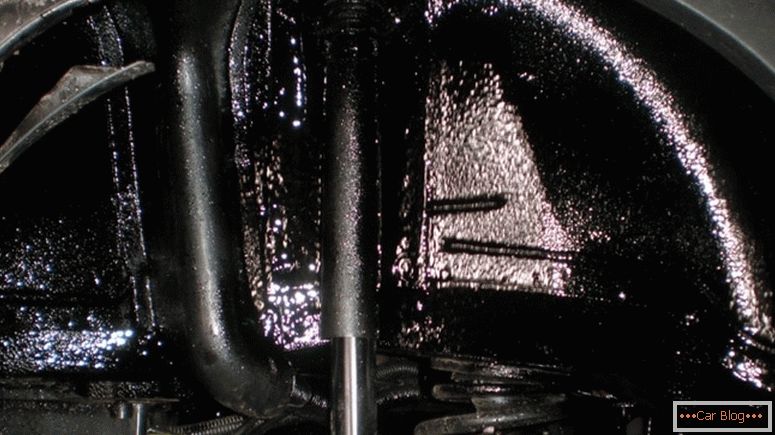
Processing the bottom anticorrosive extend the life of the body
Today, manufacturers of goods for cars offer their customers a huge range of cosmetics and chemicals used to protect the various elements of the car.
Choosing winter tires
The acquisition of winter tires is a very important step in the process of preparing the car for the winter, and this should be done with special responsibility. The safety of the driver and passengers directly depends on the quality of the rubber used. This procedure may seem rather problematic to a novice car enthusiast. However, if you follow some rules, then choose the desired product will not be particularly difficult.
There is no specific date when summer tires should be replaced with winter ones. Usually each driver independently decides when he should “change” his vehicle. However, the most suitable time for this is the beginning or the middle of November.
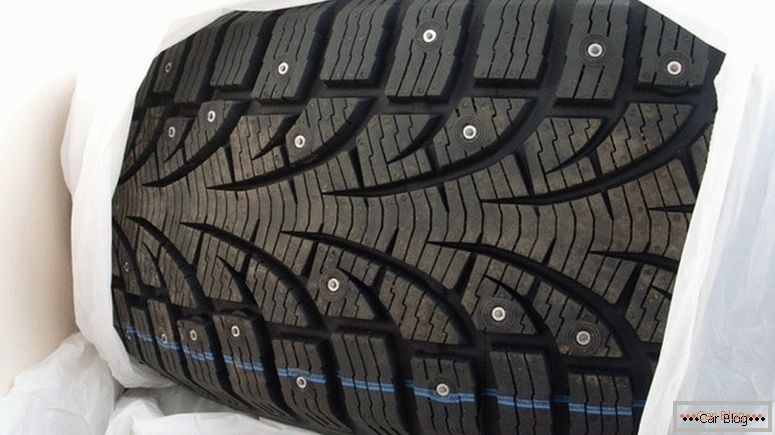
Winter tires are very important, without it, it’s not always possible to leave the yard
In most cases, used winter tires with spikes. This type of rubber best overcomes the crust and ice, but if it falls into the snow slush or slush, it becomes absolutely useless. For the latter case, it is advisable to give preference to rubber on "Velcro" (non-studded). It is ideal for use in conditions of a snowless winter, on pure asphalt. Choosing this or that rubber, it is important to decide on which predominantly coating and weather conditions the car is planned to be used for.
See also: How to build a route on the car Yandex mapsConsumables
To ensure comfortable and uninterrupted driving during the winter period, it is advisable to pre-check the condition and level of consumables, such as oil, glass washer, antifreeze. Extremely low temperatures have a tremendous load on the car engine. That is why it is necessary to check the condition and level of oil, which will not only improve the performance of the engine, but also help it cope with severe weather conditions. If possible, it is recommended to change the oil.
On sale you can find synthetic, semi-synthetic, as well as mineral oils. For each type of engine, you must select your individual oil. In this case, oil should be added only to the company and the type that was used previously.
Read also the article about which motor oil is better for winter.
Each oil has its own viscosity index, indicating its performance under certain temperature conditions. In order to determine the freezing temperature, the following formula is used: 35-IV, where IV is the viscosity index. For example, if the package shows the figure of 15W, then this means that the oil will not freeze at temperatures down to -20˚C, that is, 35-15 = 20.
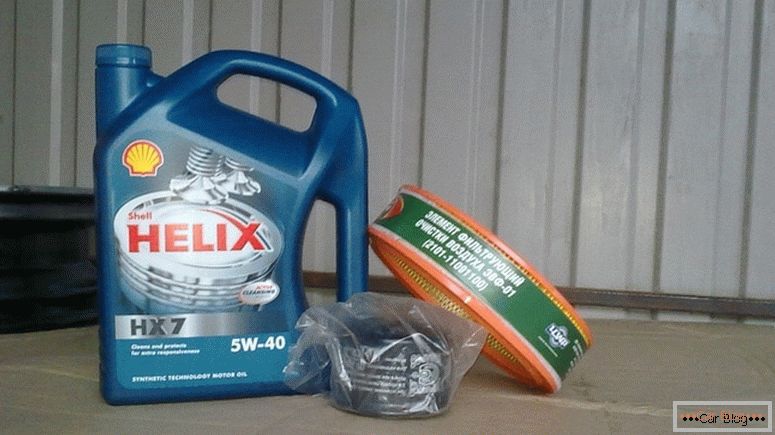
Good winter oil will make it easier to start the engine at low temperatures.
Also, special attention must be paid to the cooling system. Before the onset of frost, it is important to make sure that there is no water in the radiator, as well as in the entire system. As the frozen liquid can provoke a rupture of the pipes and lead to other more serious problems.
A special antifreeze fluid is poured into the cooling system. Coolant should be selected, focusing on the technical characteristics of the vehicle. Coolants are divided into three main classes:
- G11 is the cheapest coolant, it contains a small amount of additives.
- G12 - in the composition of this fluid contains complex compounds and ethylene glycol. This fluid has the ability to form a corrosion-resistant coating. The cost of such a liquid, due to the complex composition, is much higher.
- G13 - this coolant contains propylene glycol in its composition, which favors active decomposition and excellent environmental qualities. Among the types of antifreeze, this type is the most expensive.
Regardless of the type and brand of manufacturer chosen, it is important to remember that mixing different antifreezes is highly undesirable. Experiments of this kind can cause serious breakdowns: the heating system becomes clogged and subsequently the engine overheats and fails.
The simplest task is the acquisition of a washing fluid. The most important thing to pay attention to is indicated on the packaging temperature at which the liquid begins to freeze. It is recommended to immediately purchase a liquid that has the lowest freezing point. Before you pour the liquid from the barrel washer, it is desirable to drain all the water. If the water was not drained in time, for whatever reason, and froze, it is recommended to drive the car into the garage (warm place), wait until the liquid has defrosted, and then drain it completely. When this possibility is not available, you can pour nezamerzayku or alcohol in the washer tank.
See also: The most economical gasoline consumption carsIn addition to the washer fluid, it is also advisable to purchase a spray defogger. In wet weather in many cars visibility is significantly reduced due to the difference in temperature outside and inside the cabin. As a result, condensation forms on the glass, which becomes a real nightmare for the driver. However, modern means will easily overcome this problem - for this it is necessary to spray the composition onto a clean surface and then rub it well with a microfiber cloth.
Wiper Training
It is strictly forbidden to use a vehicle with a faulty glass cleaning system, as in such a situation the risk of a traffic accident increases. In this regard, even before the onset of severe frosts, it is important to check the condition of the wiper blades.

Rubber protection (casing) does not freeze the janitor mechanism
As a rule, each type of brushes is calculated on the use under certain temperature conditions. In the cold season it is preferable to buy and install specially designed for this winter brush. Naturally, you can save and purchase a cheaper, versatile option. However, in this situation, no one will guarantee that every 500 meters will have to slow down at the curb and scrape ice from the wipers and wipe the glass yourself.
Preparing a minimum emergency dialing
Every car enthusiast should be aware that there should always be a set of tools at hand that are necessary in the event of difficult situations on the road. It is not a secret that not only the spare wheel should be carried in the trunk, but also the tools for its installation. Also in the trunk should be a cable for towing.
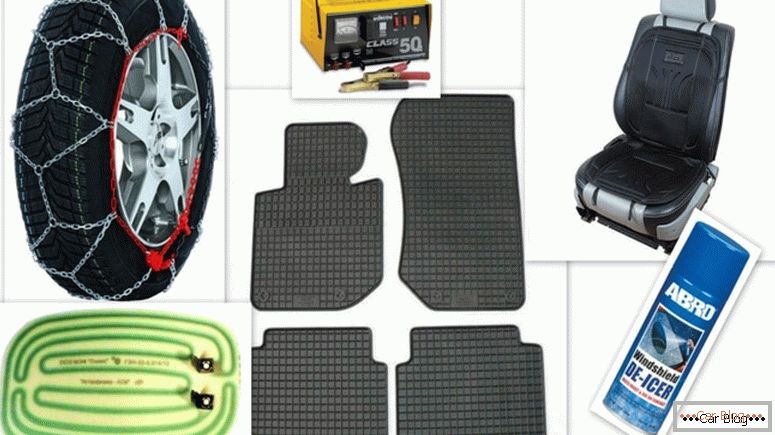
Gentleman's set: chains, heated mirrors, rubber floor mats, starting-charger, heated seats, defroster windows
In the winter, in addition to these elements, you may also need wires for lighting, because in low temperatures it is likely that the battery will sit down, and often in winter you have to not only ask for help, but also provide it to other motorists.
When visiting a car shop, it is also recommended to pay attention to spades and special scrapers. After all, in winter, you have to regularly fight with a thick layer of ice on the glass, because very often there is simply no time to sit and wait until it gets warmer in the cabin and the ice melts on its own.
That is how competent preparation of a car for winter looks. And if you use the above recommendations for preparing your vehicle for the cold period of the year, then, despite the slush, ice, frost, as well as reagents on the road, you will not have problems associated with the operation of the vehicle.

